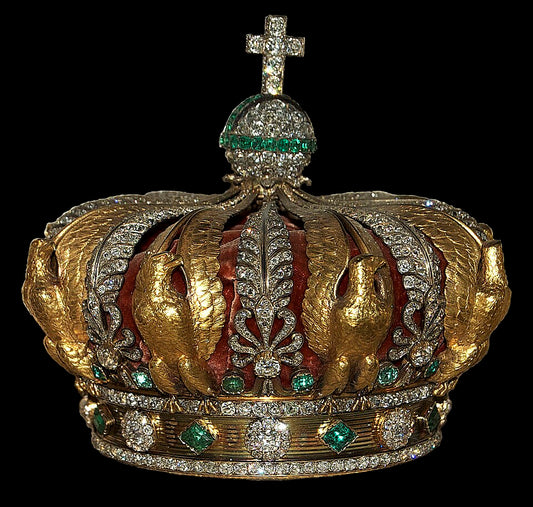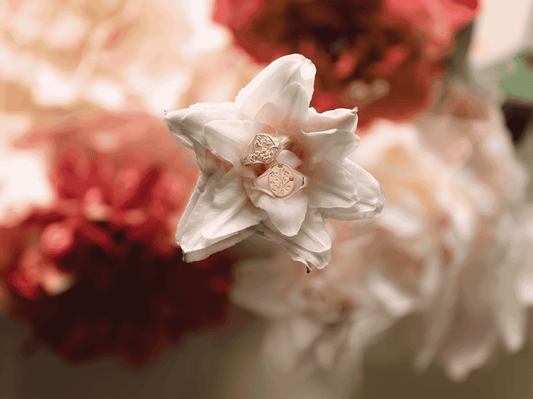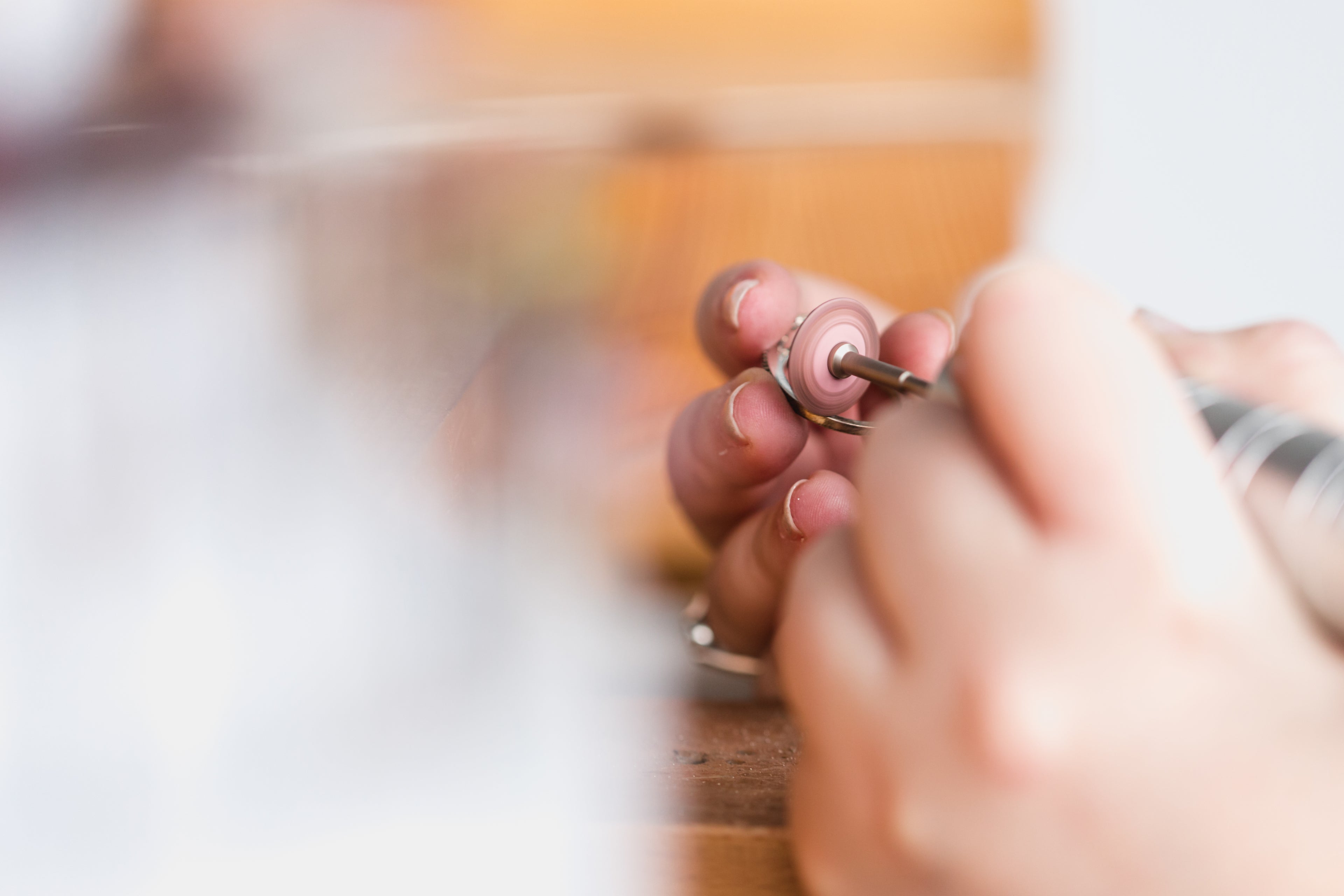The pearl has captivated humanity for centuries, admired for its natural beauty and the mystery of its formation. Yet, while pearls themselves are timeless, the industry that brings these gems from ocean beds to our jewelry boxes has undergone significant changes.
From the ancient world to modern-day farms, the production of pearls has always been shaped by the world around it. Today, as we face environmental challenges and global competition, the pearl industry stands at a crossroads—balancing tradition, sustainability, and innovation. Let’s take a closer look at the fascinating journey of pearls and what the future holds for this treasured gem.
A History Rooted in Tradition
The story of pearls is as ancient as it is beautiful. Long before cultured pearls were even a concept, natural pearls were considered treasures reserved for royalty and the elite. Ancient civilizations, from the Egyptians to the Romans, viewed pearls as symbols of wealth, status, and eternal beauty. Divers risked their lives to retrieve these precious gems from the ocean, and the rarity of natural pearls only heightened their allure.
For centuries, the demand for pearls exceeded what the oceans could naturally provide. It wasn’t until the advent of cultured pearls in the early 20th century that the gem became accessible to a wider audience. This breakthrough changed the industry forever, but it also raised questions about sustainability and the future of pearl farming.
The Birth of Cultured Pearls: Opportunity and Impact
The development of pearl culturing techniques, pioneered by innovators like Kokichi Mikimoto, revolutionized the jewelry world. Suddenly, pearls—once rare and expensive—became more widely available. The post-WWII era saw a boom in the demand for these cultured pearls, particularly in America, where newly affluent families were eager to embrace the luxury of pearls.
But this mass production didn’t come without a cost. The sudden surge in demand placed immense pressure on oyster populations. Ancient oyster beds were quickly depleted, and the environmental impact of over-farming became clear. Oyster species that had once thrived in clean waters were now struggling to survive in polluted and overused environments. Farmers began breeding oysters for rapid production, often at the expense of the health and quality of the shells.
Even today, the pearl industry continues to grapple with these environmental challenges. In many parts of the world, pearl farming is being forced to adapt to changing conditions. Coastal China, for example, has seen a significant shift in its freshwater pearl farming industry due to pollution and habitat degradation. Farmers have moved operations to cleaner waters, but the impact on local ecosystems remains a concern.
The Rise of Chinese Freshwater Pearls
In the late 20th century, China’s freshwater pearl industry began to flourish, reshaping the global market. Chinese pearl farmers developed innovative techniques, using mussels to produce multiple pearls at once, making them more affordable than their saltwater counterparts. This affordability led to a surge in demand for Chinese pearls, and by the early 2000s, China had become one of the world’s largest producers.
The success of the Chinese pearl industry brought new opportunities, but it also created significant challenges for the global market. Countries like Australia and French Polynesia, known for their high-quality saltwater pearls, now faced stiff competition from the influx of cheaper freshwater pearls. Concerns arose about how this shift might affect the long-term sustainability and perception of pearls.
In China, the industry has grown rapidly, but at a cost. Pearl sorting machines, designed to reduce labor costs, are replacing traditional hand-sorting methods, raising concerns about job loss and the economic impact on local communities. Additionally, the environmental toll of large-scale pearl farming is still being studied, as questions about water quality and ecosystem health continue to emerge.
Environmental Challenges: Striking a Balance
While pearls are undeniably beautiful, their production is closely tied to the health of our oceans and freshwater ecosystems. Pearl farming, when done responsibly, can actually support environmental sustainability by encouraging clean water practices and preserving biodiversity. However, when farmers prioritize quantity over quality, it can lead to overcrowding, pollution, and damage to delicate marine habitats.
Take the example of Kamoka Pearl, a family-owned farm in French Polynesia. Kamoka’s commitment to environmentally responsible farming practices sets a hopeful tone for the future of the industry. By allowing fish to naturally clean the oysters, rather than using high-pressure hoses, Kamoka ensures that the lagoon remains healthy and vibrant. It’s a small but significant step toward sustainability—one that shows us what’s possible when we work in harmony with nature.
But not every farm has adopted such practices. Overcrowding and water pollution remain serious concerns, particularly in regions where regulation is lacking. The future of pearl farming depends on finding a balance between production and preservation. As environmental pressures mount, the pearl industry must evolve to meet the challenges of a changing world.
A Hopeful Look to the Future
As we look ahead, the pearl industry faces both challenges and opportunities. Technological advances, like pearl sorting machines, offer efficiency but also raise questions about the human cost. Environmental concerns demand innovative solutions to ensure that pearl farming can be sustainable for generations to come.
Yet, despite these challenges, pearls continue to symbolize timeless beauty and elegance. The industry’s ability to adapt, from the development of cultured pearls to today’s focus on sustainability, suggests that there is a future for this ancient gem. The pearls of tomorrow may be produced with greater care and respect for the environment, preserving both their beauty and the ecosystems that support them.
Pearls, like the oceans they come from, have an enduring quality that speaks to our shared history and our hope for the future. With responsible farming practices and a commitment to sustainability, the pearl industry can continue to thrive—offering us treasures that connect us to nature, to each other, and to a legacy that spans centuries.
Why Stradley & Daughter Stands for Ethical and Timeless Pearls
At Stradley & Daughter, we believe that the beauty of a pearl should never come at the expense of the environment. Our carefully curated collection of pearls reflects our commitment to responsible sourcing and quality craftsmanship. Whether you’re looking for a classic strand of pearls or a modern twist on a timeless gem, we’re here to help you find a piece that resonates with both beauty and integrity.
Our dedication to ethically sourced pearls ensures that you can feel good about your investment, knowing that it supports sustainable practices. One of our clients shared, "The pearls I bought from Stradley & Daughter are stunning, but I also feel better knowing they were ethically sourced. I feel like I'm leaving something to my daughter that she can be proud of."
Click here for more customer testimonials!
Ready to Find Your Perfect Pearl?
The timeless beauty of pearls is something to be treasured, and we’re here to guide you in finding the perfect piece. Book a consultation with Stradley & Daughter to explore our collection and learn more about the history and future of pearls. Whether you’re looking for an heirloom-quality strand or something more contemporary, we’re here to help you create a piece that will stand the test of time.









